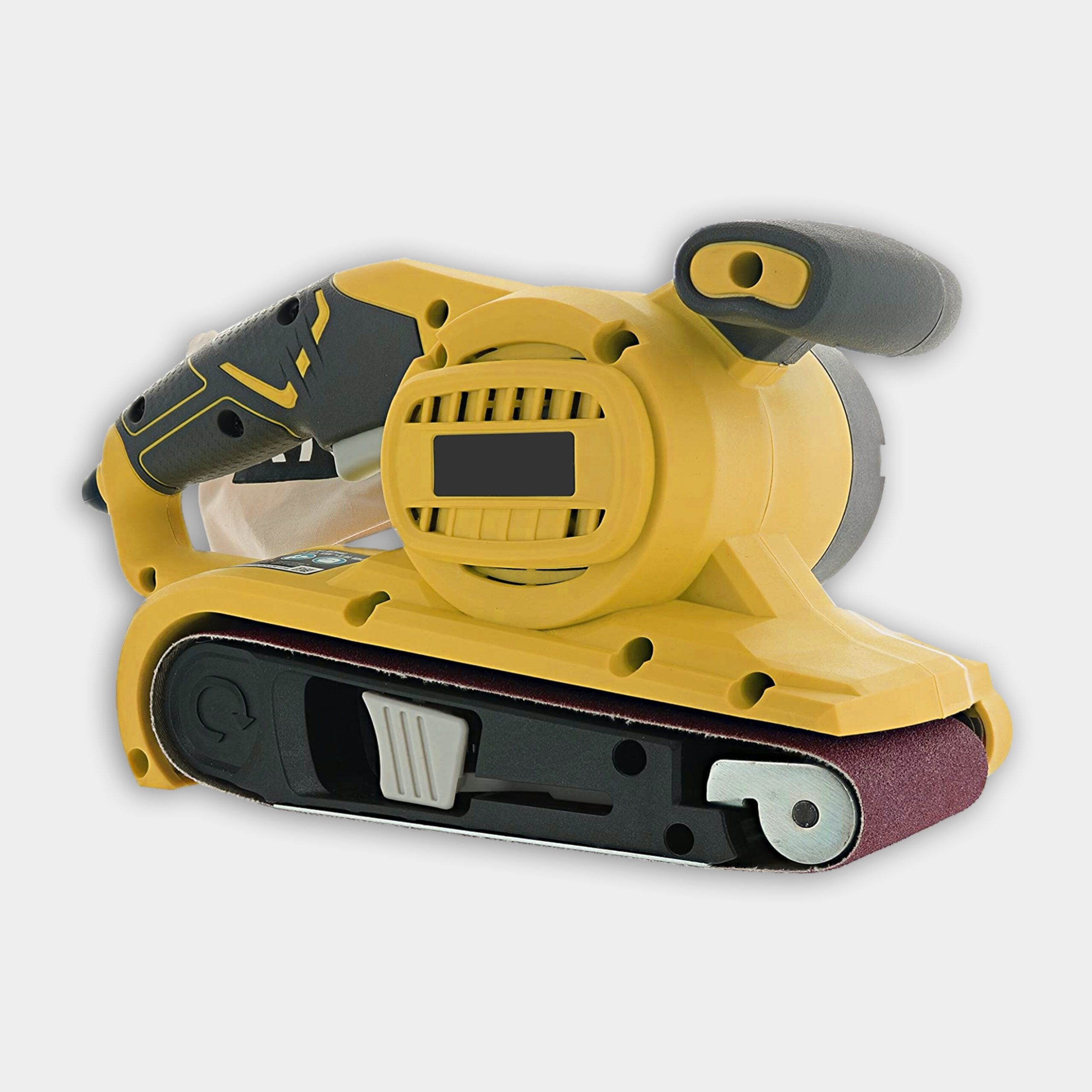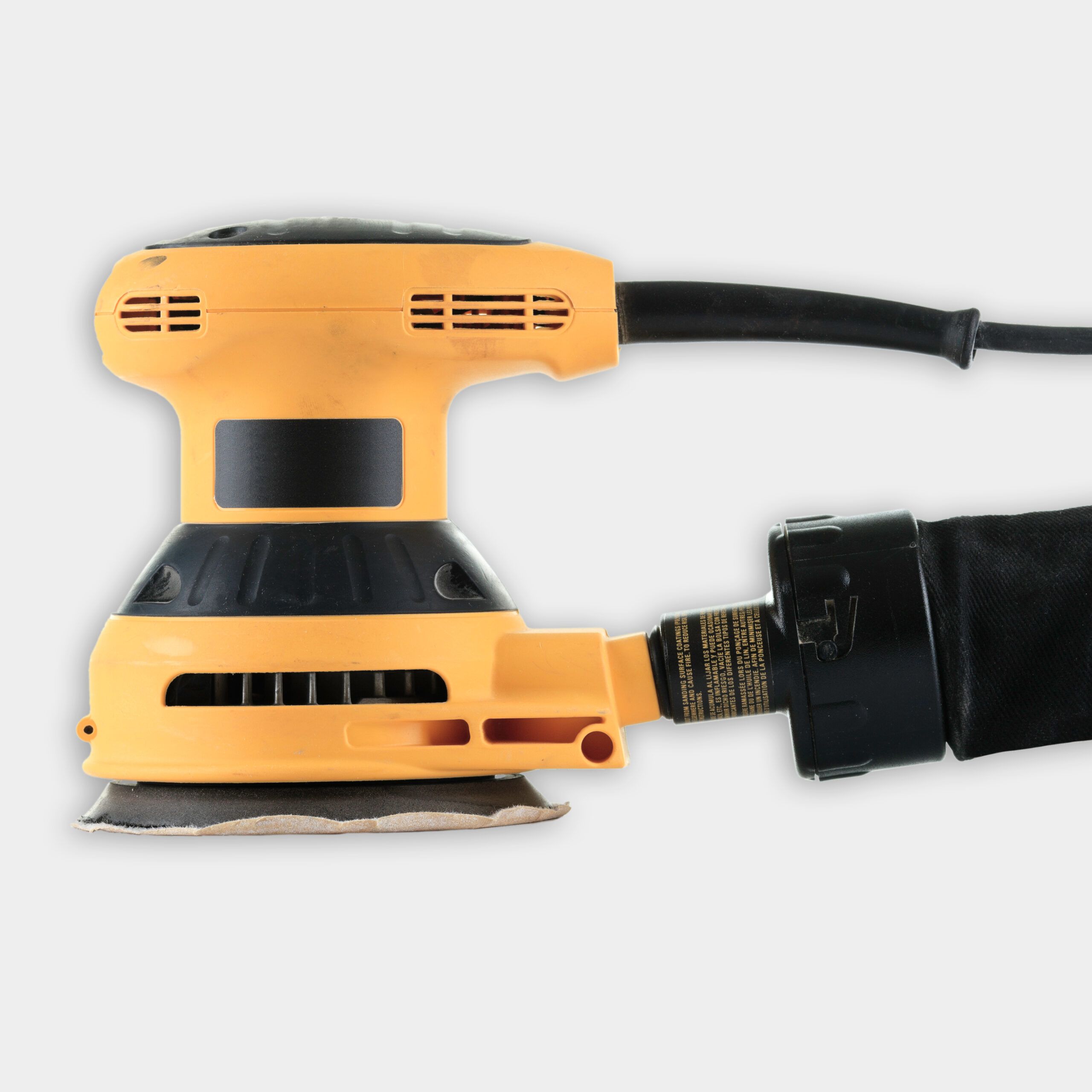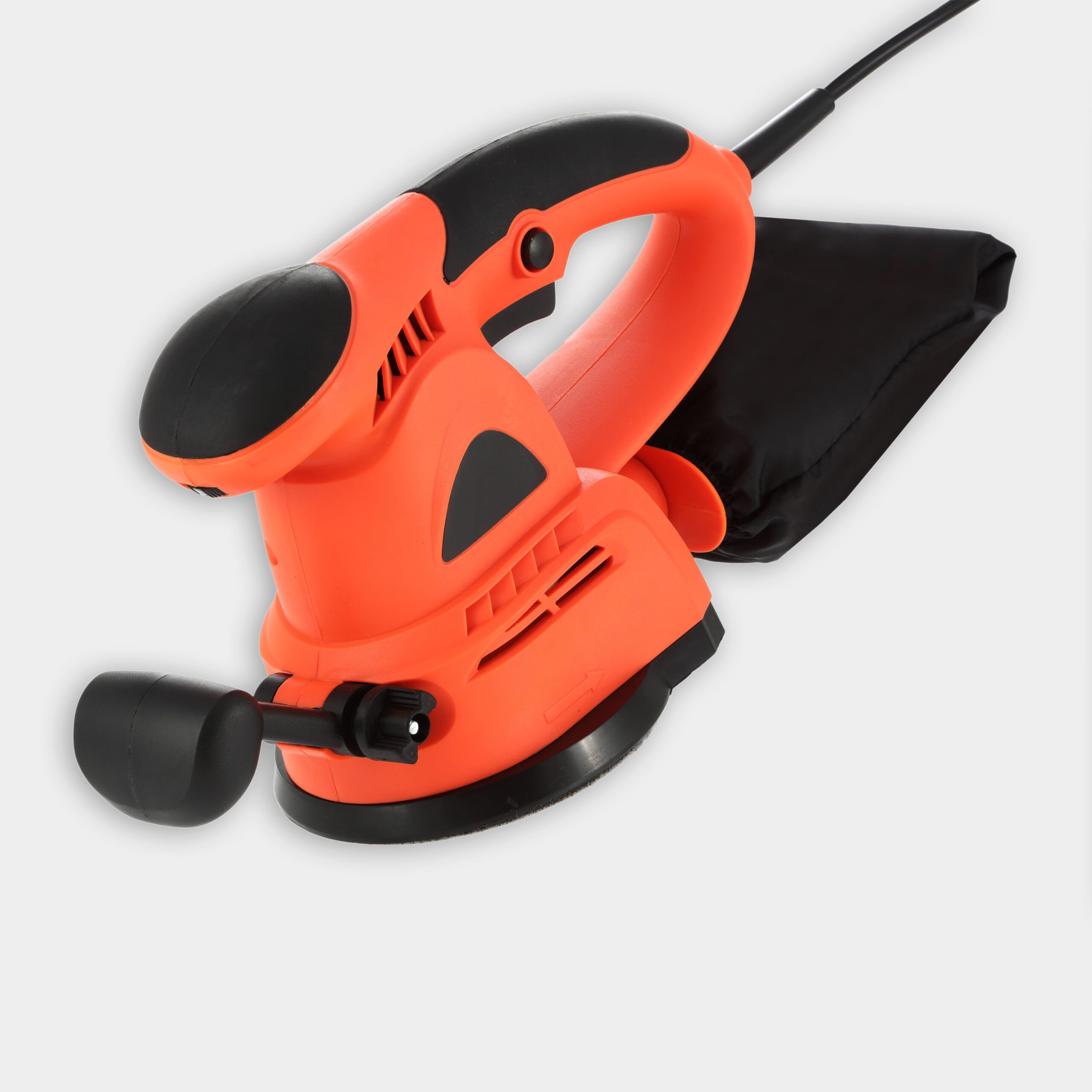We may be compensated if you purchase through links on our website. Our team is committed to delivering honest, objective, and independent reviews on home products and services.
Sanding is an important step in woodworking that transforms rough lumber into smooth, finished pieces. This process requires patience, skill, and the right tools to achieve professional results. Tom Silva, Ask This Old House general contractor, shares his passion for sanding and demonstrates various techniques using different sanders in the video above.
Why Proper Sanding Is Important
Sanding is more than simply smoothing wood surfaces—it’s an art that demands attention to detail and a deep understanding of wood grain. This process prepares the surface for finishing and removes imperfections and saw marks, ultimately enhancing the wood’s natural beauty.
According to Silva, sanding is the key to a good finish. Even the best finish won’t hide imperfections in the wood without proper sanding.
Sandpaper Grits
The key to sanding well is using the correct sandpaper grit sequence. Sandpaper grit refers to the size of the abrasive particles on the paper. The lower the number, the coarser the grit.
Coarse Grits (60–100)
Coarse grits are best for:
- Removing large imperfections
- Stripping old finishes
- Initial sanding of rough lumber
Medium Grits (120–180)
Medium grits are great for:
- Smoothing out scratches left by coarser grits
- Preparing the surface for finer sanding
Fine Grits (220 and above)
Fine grits are perfect for:
- Final smoothing before finishing
- Between-coat sanding of finishes
- Achieving a glassy surface on high-gloss projects
The Stages of Sanding
Sanding is done in stages, and each one helps to get the smoothest surface possible.
1. Initial Sanding
Initial sanding starts with coarse grits. At this stage, remove major imperfections and smooth out rough lumber. A belt sander works well for big surfaces at this stage.
2. Intermediate Sanding
Once the initial sanding is complete, move to medium grits. This stage focuses on refining the surface and removing scratches from the coarse grits. A random orbit sander is useful here.
3. Final Sanding
Final sanding uses fine grits for a smooth finish. On high-gloss projects, a finishing sander achieves a glass-like surface. This technique is ideal for delicate surfaces and fine details.
Sanding Techniques
Proper sanding techniques will help you achieve the best results. Here are some fundamental principles to follow:
- Always sand with the grain of the wood to avoid scratches.
- Progress through the grits systematically, not skipping more than one grit at a time.
- Clean the surface thoroughly between grits to remove dust and loose particles.
- Use even pressure and keep the sander flat against the surface to avoid creating grooves or uneven areas.
- Inspect your work under good lighting to spot any remaining imperfections.
Silva recommends starting with a coarse grit, such as 60 or 80, for rough lumber, then progressing through 100, 120, 150, and 180 grits. He suggests continuing with 220, 320, 400, and 500 grits for finer detail work as needed.
Types of Sanders and Their Uses
Different sanding jobs require different tools. Understanding the strengths and weaknesses of each type of sander can help you choose the right one for your project.
Belt Sanders
Belt sanders are powerful tools designed for rapid material removal on flat surfaces. They feature a continuous loop of sandpaper that rotates around two drums.
- Pros: Fast material removal and good for large flat surfaces.
- Cons: Can be hard to control and may create grooves if not used carefully.
Silva recommends starting the belt sander before setting it down on the work surface and keeping it flat to avoid creating grooves.
Finishing Sanders
Finishing sanders, also called palm sanders, are perfect for light sanding and finishing work.
- Pros: Ideal for fine sanding, reaching tight spaces, and light touch-ups between coats of finish.
- Cons: Slow for large surfaces and not good for heavy material removal.
Finishing sanders are great for detailed work and creating smooth surfaces.
Random Orbit Sanders
Random orbit sanders combine a belt sander’s speed with a palm sander’s fine finish. They feature a round pad that moves in a random orbital pattern to prevent swirl marks.
- Pros: Versatile for many sanding tasks and leaves a smooth finish.
- Cons: Not as aggressive as belt sanders and can’t reach corners well.
Silva shows how his random orbit sander moves in multiple directions, making it effective for smoothing surfaces quickly while achieving a fine finish.
Specialty Sanders
Besides the common types of sanders, various specialty tools can enhance your sanding process.
Detail Sanders
Detail sanders are ideal for precision sanding in tight spaces. They come in various shapes and sizes to suit specific tasks and are perfect for getting into corners and difficult-to-reach areas.
Drum Sanders
Drum sanders are large, powerful machines typically used for sanding floors or extensive woodworking projects. Professionals favor these sanders for heavy-duty tasks since they quickly remove a significant amount of material.
Edge Sanders
Edge sanders are specialized tools for sanding edges and end grains. They can produce clean, smooth edges and are commonly used in cabinetry and furniture making.
Using the right specialty sander for specific jobs can make sanding faster and improve the quality of your work.
Sanding Safety
Sanding creates a lot of dust, which can be harmful if breathed in. Always follow these safety tips:
- Wear a dust mask or respirator and eye protection.
- Work in a well-ventilated area or use a dust collection system.
- Wear hearing protection when using power sanders.
- Regularly replace filters in your dust collection system for the best performance.
Make sure your workspace is well lit so you can spot rough spots and sand evenly.
Tips for the Professional Sanding Results
To get the best results from your sanding efforts:
- Inspect your work frequently, wiping away dust to check for remaining imperfections.
- Use a tack cloth to remove all dust before applying finishes.
- Be cautious with aggressive sanders for veneer or thin wood to avoid sanding through the surface.
- Use a sanding block to distribute pressure evenly and maintain a flat surface when hand sanding.
- Allow the sander to do the work—don’t apply excessive pressure, as this can create uneven surfaces or burn the wood.
- Use proper lighting to highlight scratches and imperfections that may not be visible otherwise.



